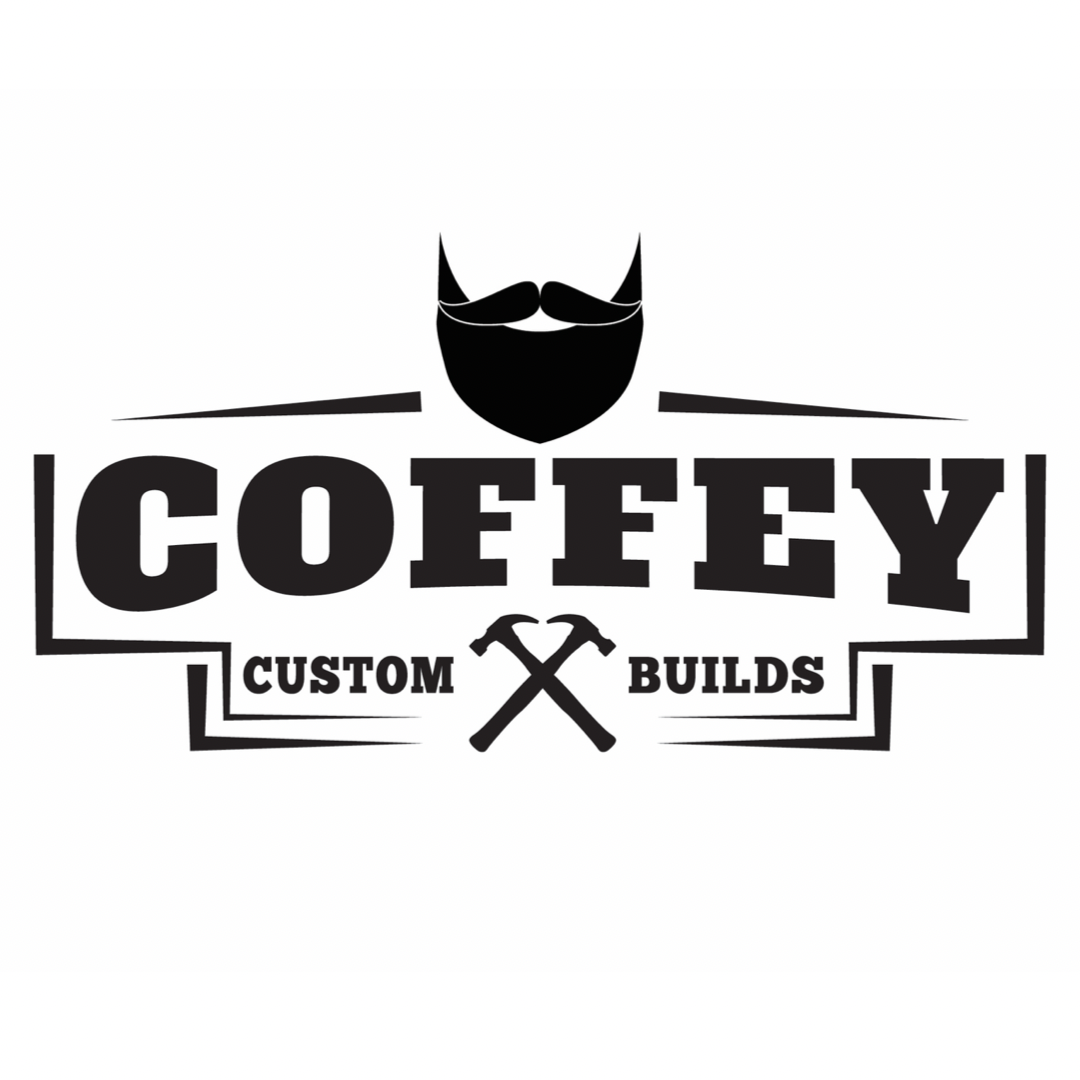Mastering Bent Lamination and Veneering in Fine Woodworking
Introduction
In the world of fine woodworking, pushing the boundaries of craftsmanship is always the goal. This project highlights two advanced techniques—bent lamination and veneering—that are key to creating stunning, high-quality furniture. Both methods offer unique opportunities to elevate the visual appeal and structural integrity of a piece. For this cabinet, I challenged myself to master both, resulting in a sophisticated final product that showcases the beauty of walnut and the subtle luxury of brass accents.
The Art of Bent Lamination
Bent lamination is a hallmark of fine woodworking that combines structural strength with graceful curves. For this project, I designed a form to shape the slats that would create the cabinet’s curved body. To maintain precision, I built the form with eight layers of 3/4-inch plywood, allowing me to achieve a robust and symmetrical curve.
One of the key considerations in bent lamination is selecting the right thickness for each layer. In this case, I needed nine layers to reach the desired 5/8-inch final thickness, using Unibond glue to adhere the strips. The glue not only holds the layers together but also facilitates smoother bending by making the wood more pliable. Bent lamination requires patience and a meticulous approach, but the result is a seamless, fluid curve that would be difficult to achieve with solid wood.
Precision Veneering for High-End Panels
Veneering is another essential skill in fine woodworking, allowing for the use of premium wood surfaces while maintaining stability. For this cabinet, I explored both commercially sourced veneer and shop-sawn veneer, applying them with a vacuum press. Veneering not only enhances the appearance but also offers flexibility in design, enabling the use of contrasting woods and intricate grain patterns.
The vacuum press system is an indispensable tool for achieving flawless veneer application. By applying even pressure across the entire surface, it eliminates the risk of bubbles or uneven adhesion. However, even with precision tools, challenges arise. My first attempt with a commercial veneer led to wrinkling and glue squeeze-through due to the brittleness of the material. After applying Veneer Tamer, the veneer became much more manageable, allowing for a perfect, flat finish.
The use of shop-sawn veneer offered additional control over thickness and durability. This veneer was applied to the cabinet’s door and back panel, adding not only visual depth but also strength to the structure. The combination of high-quality veneer and precise pressing techniques results in panels that rival solid wood in both beauty and performance.
Milling and Fine Joinery
With the panels ready, attention shifted to the milling process, where precision is paramount. In fine woodworking, the alignment and squareness of components define the overall quality of the piece. Each piece was carefully jointed and planed, with a focus on creating perfect joints that would complement the cabinet’s elegant design.
For the joinery, I chose box joints and mortise and tenon connections. These traditional techniques are not only visually striking but also provide lasting strength. Box joints, with their interlocking design, add a decorative element while maintaining structural integrity. The mortise and tenon joints, often considered the pinnacle of fine woodworking, were used for the shelves, ensuring a seamless, cohesive look.
Designing a Custom Door
The door of this cabinet was an exercise in precision. To complement the curved body, the door’s top rail was crafted with a subtle arch. This design required careful milling and fitting to ensure the door fit perfectly within the cabinet’s inset frame. The attention to detail in this step ensures that the door aligns flawlessly, with no gaps or misalignment—hallmarks of fine craftsmanship.
Integrating Brass Hardware
For the final touches, I incorporated brass hardware, which pairs beautifully with the deep tones of walnut. While I selected Brusso butt hinges for their quality and reliability, the cabinet’s pull was a custom design. In fine woodworking, creating bespoke hardware allows for complete creative control over the aesthetic. I crafted a minimalist brass pull, featuring a unique combination of geometric shapes, using precision tools such as the Shaper Origin. The interplay between walnut and brass elevates the cabinet’s sophistication, making it a statement piece.
Conclusion
This project represents the intersection of traditional craftsmanship and modern technique, showcasing the potential of bent lamination and veneering in fine woodworking. The precision required for both processes pushes the boundaries of what’s possible with wood, resulting in a piece that not only functions well but also stands as a testament to high-level woodworking skill.
As I continue to explore these advanced techniques, the satisfaction of mastering them drives me forward. Fine woodworking isn’t just about making furniture—it’s about creating art. For those looking to challenge themselves, I encourage experimenting with bent wood projects and custom veneering to discover how these techniques can transform your work.

